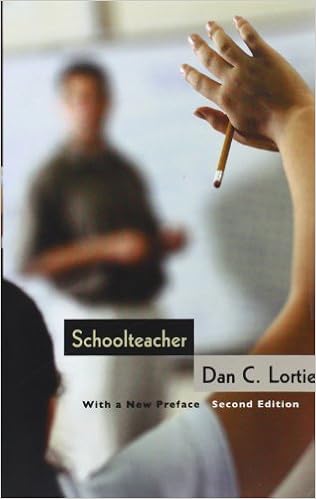19: What is the difference between teaching children and teaching adults? #LifeWideLearning16 @MrChase
— Ben Wilkoff (@bhwilkoff) January 19, 2016
So many ways to think about the differences between teaching children and teaching adults. Let’s frame it up a bit first. For starters, let’s put both of our groups in a traditional setting. The schools in which they learn and teach have 7.5 hours of classes, desks are in rows, grades are delineated by age. For the adults, there’s someone in charge of meetings if not scheduling PD. These happen once a month or once every two weeks. At a district level, trainings are offered by a PD department. These are staffed by teachers in one of two categories – they were either exemplary teachers and were pulled out of the classroom in a move to create economies of scale with their practice, or they are ineffective and were pulled out of the classroom so as not to cause too much damage.
There’s our system. It might be your system with a few different creaks and cracks in the floorboards.
Now, back to the question of the difference between teaching the adults and the children in this system. For the children, instruction is most likely a collection of linear timelines of facts and skills separated by artificial disciplines. While not completely dependent upon rote memorization of facts and procedures from the earliest days of public education, students are expected to await the topics and information teachers have scheduled. A student might happen into a unit or lesson of study that ignites his interest or curiosity, but this is left to chance and requires a great deal of social capital and individual agency to pursue outside of the regular schedule of study.
Reading this from the outside, this can seem a horrible way to pass your time. From the inside, though, many of our students don’t know any different. And those who try to demand something different often find themselves breaking against the system. They become examples for the others of why the status quo is preferable to something else, no matter how much they might enjoy that something else.
Teaching these students means moving along the well-worn path of covering content and using discipline or classroom management to control them when they stray from that path. While the schools we’re discussing may accept creativity in practice, they do not encourage it outright and certainly do not require it.
It is easy to imagine the same is true of teaching the adults in this system as is true of teaching the children. Almost.
These adults find themselves as caretakers of a system in which they were once the children. Here, let me point out, they are rewarded for being caretakers of the system rather than of the people in the system. So long as things move smoothly throughout the year, they may remain.
Teaching the adults means reinforcing that smooth movement. To keep their attention, it often means re-packaging old efforts and presenting them as a new advancement. The more veteran teachers can sense the repetition. They’ve likely taught through several cycles.
The key difference in teaching the adults here is their increased agency – personally if not professionally. Should they find the system so distasteful or unsatisfying that they no longer wish to be in it, they can move on. Whether top or bottom performers, when they leave, they allow the system to move closer to stasis. The status quo remains.
Unlike the children in the system, it is no longer necessary to prepare lessons across multiple disciplines for the adults. They’ve become specialists in specific content.
Teachers are allowed to shrug off math as English teachers, and disdain history as science teachers. This makes the dosage of professional development easier as well.
Teaching the adults means presenting information in ways that make it seem new and exciting without the requirement of a well-balanced intellectual diet. When adults leave, similar to when children are asked to leave, it is because they don’t fit the system, not because the system could not fit them.
Obviously, the above is a bleak perspective. In writing it, I attempted to be more pragmatic than pessimistic. Sometimes the two intersect. If the question is “How should teaching these two groups be different?” Then the answers are going to be specific to the individuals and cultures within schools and districts. As Chris and I suss out in our book, it means realizing asking the right questions is key. To beginning to make the system framed above a more humanistic one, the following three questions are the place to start:
- How do we honor and care for the humanity of each of the adults and children in our care?
- How do we make our learning spaces places where children choose to be, and where they make the education they need?
- How do we ensure each adult has a balanced learning diet, and the same opportunities to explore new curiosities that we hope they create for children in their classes?
If we take an informed, participatory citizenry as the goal of public education, and decision reflects that goal, then these three questions can help us create the schools we need.
This post is part of a daily conversation between Ben Wilkoff and me. Each day Ben and I post a question to each other and then respond to one another. You can follow the questions and respond via Twitter at #LifeWideLearning16.



 In exactly one month, Chris and my book
In exactly one month, Chris and my book 